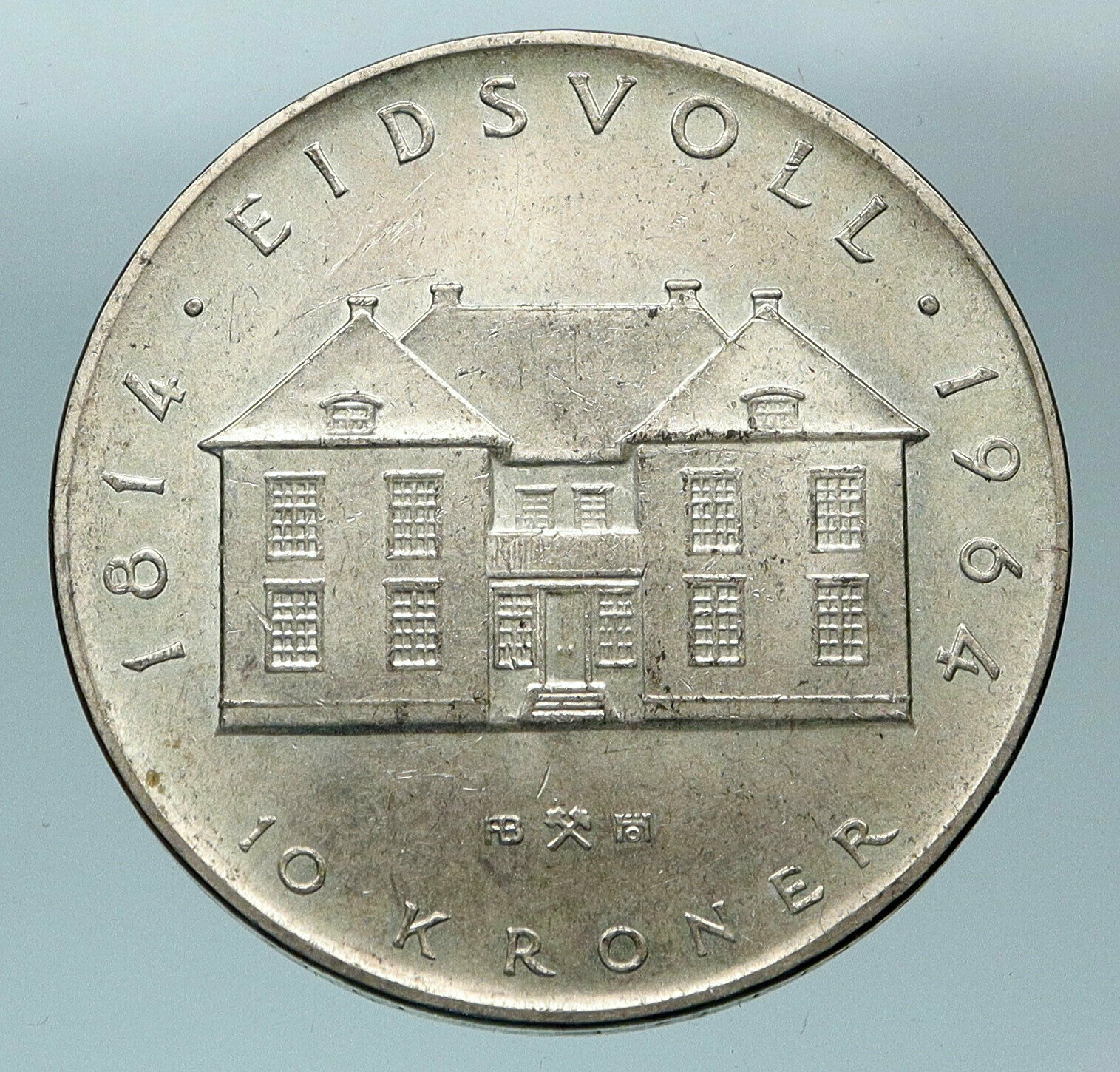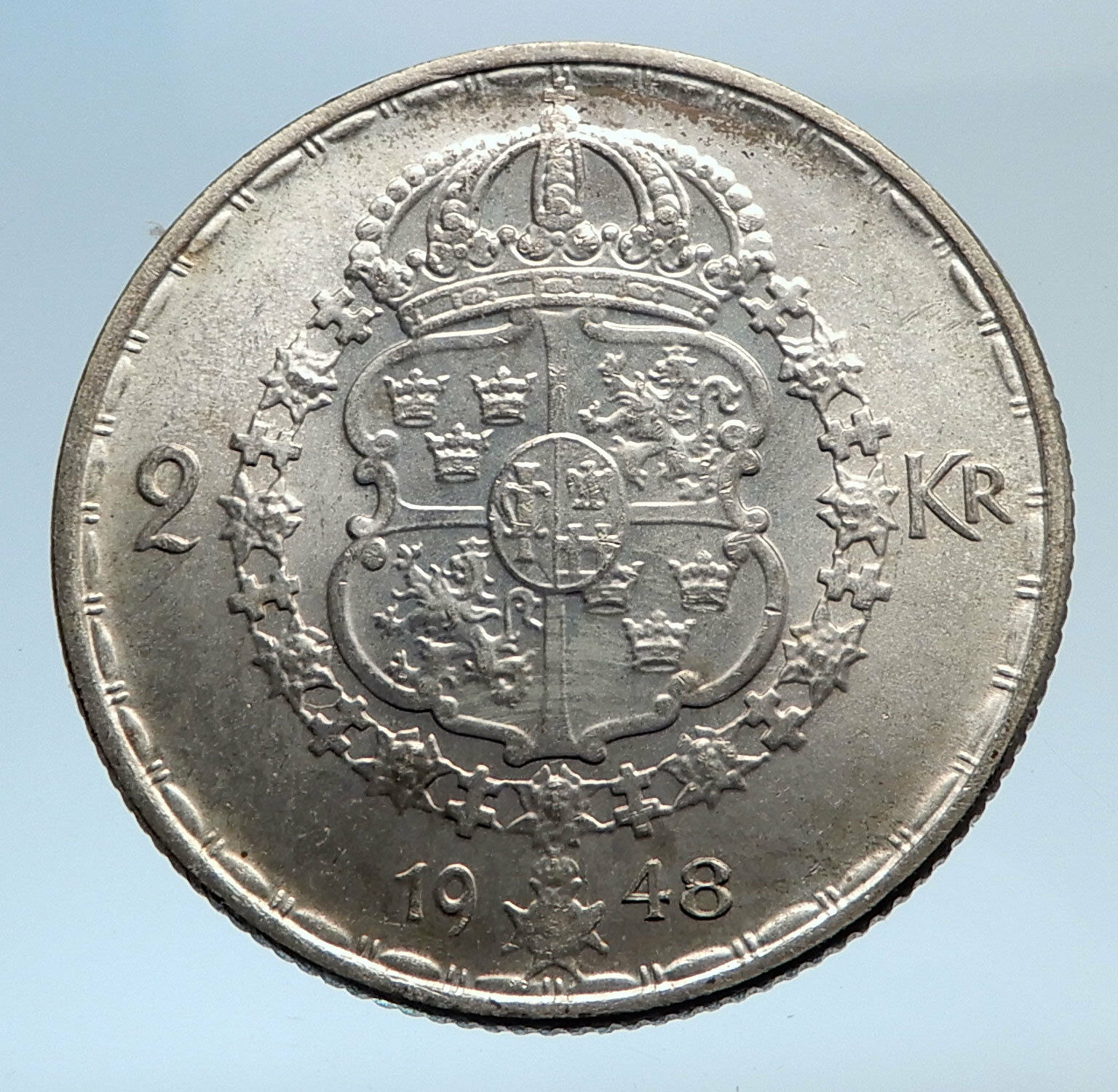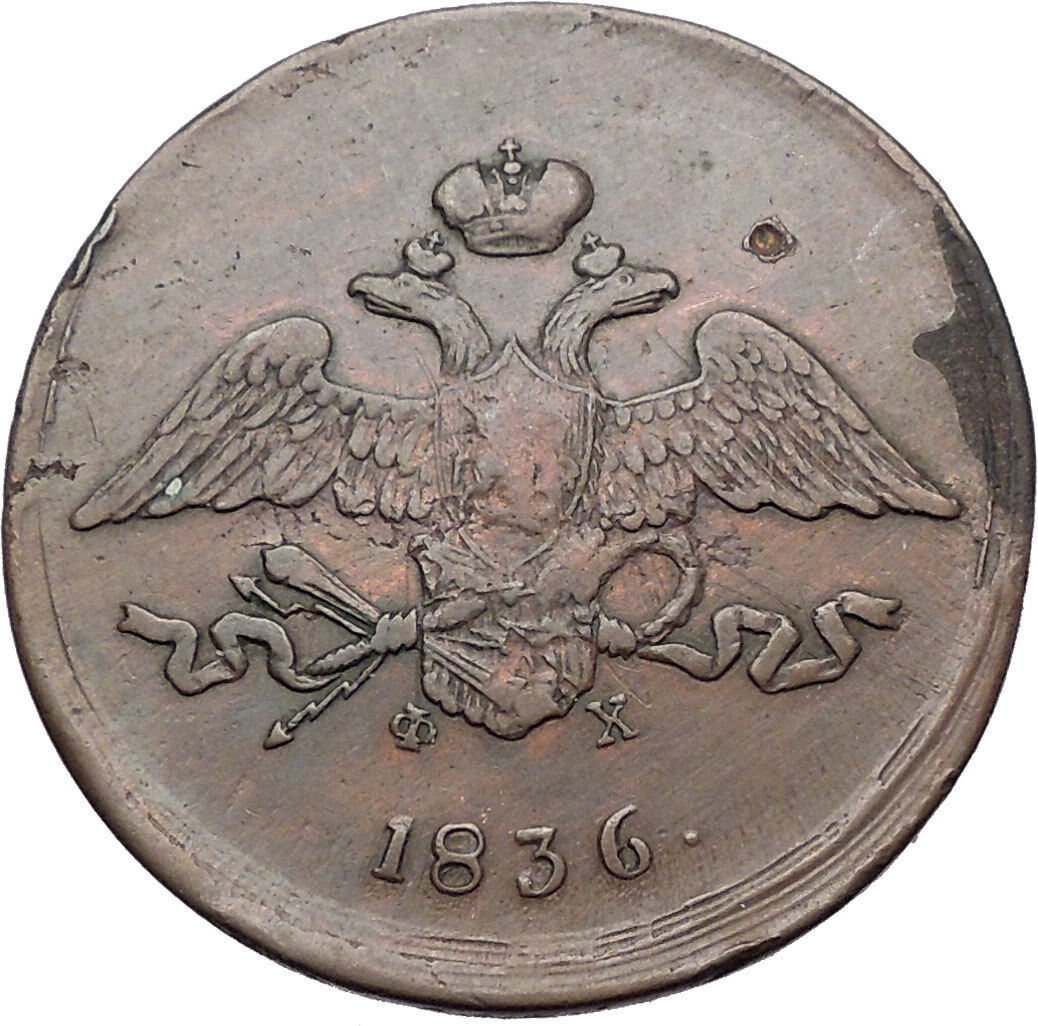|
Russia
Catherine II “Cathrine the Great” of Russia – Empress 1762-1796 A.D.
1774 Silver 1 Rouble 36mm (22.21 grams) .750 Silver (0.5787 oz. ASW)
Reference: C# 67a.2, Dav ECT# 1684, Uzd# 1057 (1766-76)
Б∙М∙ЕКАТЕРИНА∙II∙ІМП∙IСАМОД∙ВСЕРОС ∙T∙I∙ СПБ, Bust of Ekaterina II facing right.
1767 МОНЕТА∙ РƔБЛЬ∙ А Ш, Two-headed eagle with a crown above.
You are bidding on the exact item pictured, provided with a Certificate of Authenticity and Lifetime Guarantee of Authenticity.
.jpg/220px-Portrait_of_Empress_Catherine_II(a).jpg) Catherine II (Russian: Екатерина II Великая, Yekaterina II Velikaya), also known as Catherine the Great, born 2 May [O.S. 21 April] 1729 as Sophie Friederike Auguste von Anhalt-Zerbst-Dornburg in Stettin, Pomerania, reigned as Empress of Russia from 9 July [O.S. 28 June] 1762 until her death (17 November [O.S. 6 November] 1796). Under her direct auspices the Russian Empire expanded, improved its administration, and continued to modernize along Western European lines. Catherine’s rule re-vitalized Russia, which grew stronger than ever and became recognized as one of the great powers of Europe. Her successes in complex foreign policy and her sometimes brutal reprisals in the wake of rebellion (most notably Pugachev’s Rebellion) complemented her hectic private life. Catherine II (Russian: Екатерина II Великая, Yekaterina II Velikaya), also known as Catherine the Great, born 2 May [O.S. 21 April] 1729 as Sophie Friederike Auguste von Anhalt-Zerbst-Dornburg in Stettin, Pomerania, reigned as Empress of Russia from 9 July [O.S. 28 June] 1762 until her death (17 November [O.S. 6 November] 1796). Under her direct auspices the Russian Empire expanded, improved its administration, and continued to modernize along Western European lines. Catherine’s rule re-vitalized Russia, which grew stronger than ever and became recognized as one of the great powers of Europe. Her successes in complex foreign policy and her sometimes brutal reprisals in the wake of rebellion (most notably Pugachev’s Rebellion) complemented her hectic private life.
Catherine took power after a conspiracy deposed her husband, Peter III (1728-1762), and her reign saw the high point in the influence of the Russian nobility. Peter III, under pressure from the nobility, had already increased the authority of the great landed proprietors over their muzhiks and serfs. In spite of the duties imposed on the nobles by the first prominent “modernizer” of Russia, Tsar Peter I (1672-1725), and despite Catherine’s friendships with the western European thinkers of the Enlightenment (in particular Denis Diderot, Voltaire and Montesquieu) Catherine found it impractical to improve the lot of her poorest subjects, who continued to suffer (for example) military conscription. The distinctions between peasant rights on votchina and pomestie estates virtually disappeared in law as well as in practice during her reign.
In 1775 Catherine decreed a Statute for the Administration of the Provinces of the Russian Empire. The Statute sought to efficiently govern Russia by increasing population and dividing the country into provinces and districts. By the end of her reign, there were fifty provinces, nearly 500 districts, more than double the government officials, and they were spending six times as much as previously on local government. In 1785 Catherine conferred on the nobility the Charter to the Nobility, increasing further the power of the landed oligarchs. Nobles in each district elected a Marshal of the Nobility who spoke on their behalf to the monarch on issues of concern to them, mainly economic ones. In the same year, Catherine issued the Charter of the Towns, which distributed all people into six groups as a way to limit the power of nobles and create a middle estate. Each of these charters had major flaws, and Catherine seemingly could not gain the reform she long desired for her country. After her death, this was made even more obvious through her son Paul.
|





.jpg/220px-Portrait_of_Empress_Catherine_II(a).jpg) Catherine II (Russian: Екатерина II Великая, Yekaterina II Velikaya), also known as Catherine the Great, born 2 May [O.S. 21 April] 1729 as Sophie Friederike Auguste von Anhalt-Zerbst-Dornburg in Stettin, Pomerania, reigned as Empress of Russia from 9 July [O.S. 28 June] 1762 until her death (17 November [O.S. 6 November] 1796). Under her direct auspices the Russian Empire expanded, improved its administration, and continued to modernize along Western European lines. Catherine’s rule re-vitalized Russia, which grew stronger than ever and became recognized as one of the great powers of Europe. Her successes in complex foreign policy and her sometimes brutal reprisals in the wake of rebellion (most notably Pugachev’s Rebellion) complemented her hectic private life.
Catherine II (Russian: Екатерина II Великая, Yekaterina II Velikaya), also known as Catherine the Great, born 2 May [O.S. 21 April] 1729 as Sophie Friederike Auguste von Anhalt-Zerbst-Dornburg in Stettin, Pomerania, reigned as Empress of Russia from 9 July [O.S. 28 June] 1762 until her death (17 November [O.S. 6 November] 1796). Under her direct auspices the Russian Empire expanded, improved its administration, and continued to modernize along Western European lines. Catherine’s rule re-vitalized Russia, which grew stronger than ever and became recognized as one of the great powers of Europe. Her successes in complex foreign policy and her sometimes brutal reprisals in the wake of rebellion (most notably Pugachev’s Rebellion) complemented her hectic private life.




